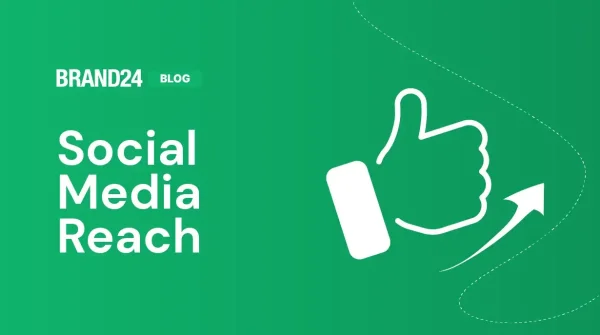What is Community Engagement, and Why is it Important? Top 10 strategies
Table of contents
Every marketer in the world has heard of the Canva brand. But do you know how popular it is? In March 2025 alone, nearly 100,000 online mentions generated $17 million in AVEs. This brand knows exactly how to engage its community members – user-generated content is 72,000 mentions in one month!
Quick Summary:
- Community engagement means building relationships with your brand’s community. It happens through comments, messages, and giving people space to share their thoughts.
- Community engagement is all about paying attention to your audience through social listening and building real connections through social interactions.
- It’s a way to help community members feel heard and involved with the brand. Thanks to active communities and public participation, you get direct feedback to improve your product.
What is community engagement?
For me, community engagement is an essential part of a marketing strategy. Without community members’ interaction, there are no conversions! Here’s how to make it work:
- Actively participate in discussions and encourage your community to speak up and interact with your brand.
- Build stronger involvement and loyalty by creating a real sense of belonging.
- Foster a two-way relationship where both the brand and the audience work toward common goals.
- Maintain open and consistent communication to build long-term relationships.
- Create the right space for community engagement through online mentions.
- Use mentions — all publications and conversations about your brand — as touchpoints where your audience connects with your company.
- The more mentions across different channels, the more opportunities for sharing experiences and growing your community.
Remember that community member engagement is not just about praise and recommendations. Engagement can be both positive and negative. When building community and brand engagement, be prepared to respond to crisis situations.
How to calculate community engagement?
One way to measure community engagement is by checking the engagement rate. You can quickly calculate it with data from Brand24. Track this number regularly. It will show you how your community-building efforts affect people and your organization.
I have done some research. Let’s look at the Canva brand on social media in March 2025.
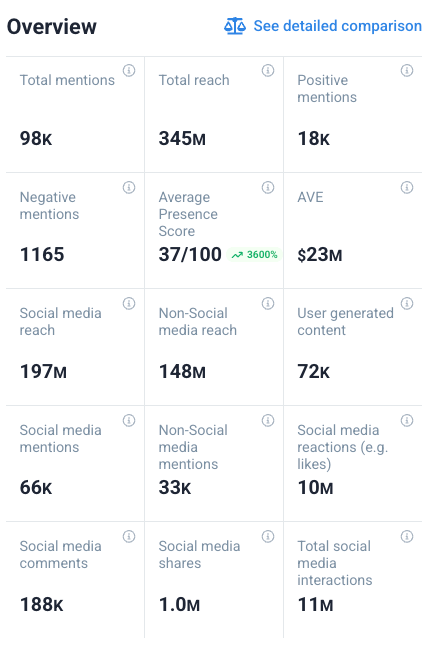
Total reach: 197 million
Engagements: 66 thousand mentions, 10 million reactions and 188 thousand comments
Let’s count!

That’s pretty impressive community and customer engagement metrics!
According to Socialinsider’s 2025 report, the average engagement rate is 0.5% on Instagram, 2.5% on TikTok, and 0.15% each on Facebook and Twitter.
Start monitoring your brand mentions in real time!
Why is active community engagement important?
According to Hubspot, 63% of marketers cite social media as the channel with the highest return on investment (ROI).
This proves that direct interaction with audiences and the ability to build community engagement impact economic development.
01 Increased brand visibility
When people feel welcome and have space to share, they’re more likely to react to content and join the conversation. This is the power of public participation in social media!
Forums, discussion boards, community groups, and events are great places to connect with your audience. People can talk there about your product’s quality, how they use it, or even their lifestyle. And also build community engagement!
These spaces boost community capacity by encouraging people to share knowledge and solve problems together.
The more community members discuss, the more mentions and visibility your brand will have! An active community helps build stronger relationships with the brand and makes informed decisions about buying.
Here are a few examples of public participation elements:
- Facebook groups (e.g., local populations),
- Themed events such as webinars and public meetings,
- Opportunities to leave feedback.
By the way, you can easily measure public participation and community engagement with Brand24.
In the Analytics tab (which you have seen above), you will find some key indicators that show community engagement. Here are some foundational concepts:
- Mentions (positive and negative),
- User Generated Content,
- Social Media reactions (reactions, comments, and shares).
These are some of the indicators that show if your long-term community engagement strategies are working! The more discussions and User Generated Content, the more people will learn about your brand.
02 Brand trust, loyalty and more engagement
Do you know the principle of social proof?
It states that a decision is correct if most people do something (e.g., a particular product or behavior). It’s why we buy from the most popular brands—it’s a promise of predictable quality.
That is why active community and stakeholder engagement positively impact sales. Community development also impacts loyalty. Engagement levels are higher in niche communities built around a special interest or shared goal.
A visible brand stays at the top of the mind of its audience.
How to do it?
- Regular communication (e.g., on social media),
- Multi-channel communication (multiple touch-points with the brand),
- Strong call to action, encouraging people to share their experiences.
To keep up to date with the discussions in your communities and public participation, you can track mentions from all over the internet on Brand24 – one of the best social listening tools.
The Mentions tab allows you to filter mentions by several criteria, including communication channel or sentiment. Exclamation points indicate moments of increased user activity.
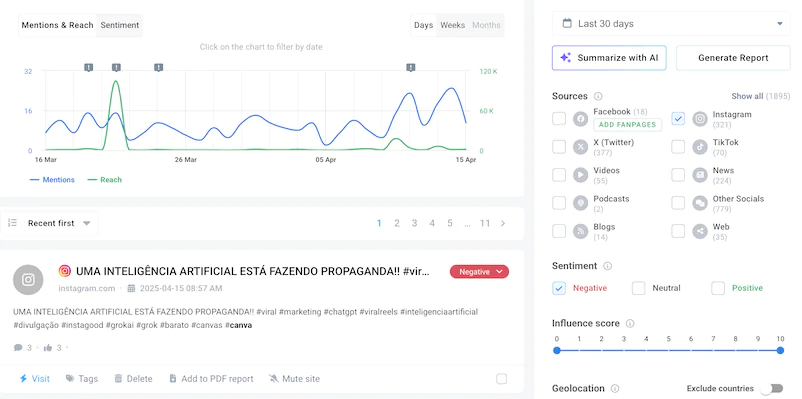
03 Customer feedback for decision making
You can monitor the problems and difficulties your audience is facing by building resilient communities.
What are they unhappy about? What do you need to improve in your product? Help them with the decision-making process!
If you join conversations with your audience, you can react faster to problems or bad feedback. Public participation in brand discussions shows that the brand cares about its customers.
In this case, an active community engagement process means:
- Moderating social media and participating in the discussion,
- Responding to problems and negative feedback,
- Incorporating customer feedback into the product and long-term communication strategy.
Customer feedback should be taken seriously and used when making decisions about product changes or how you communicate.
If you want to respond to discussions quickly, it’s easy on Brand24! Just click the “Visit” button to go straight to the post you want.

Start monitoring your brand mentions in real time!
How to increase your results? 10 powerful community engagement strategies
You can run community engagement initiatives. They fit well into customer care and marketing. I’ve gathered a few ideas that work very well in any industry.
You can apply various strategies depending on your audience’s behavior and preferred platforms.
01 Ask your Brand Assistant
This is an AI tool available on Brand24 that is your virtual assistant for data analysis. It helps me to save a lot of time! It knows your brand perfectly because it has access to all the data on the Internet!
Brand Assistant uses lots of data to give clear insights that help you plan long-term community strategies. These insights will help you keep improving your results.
Canva example:
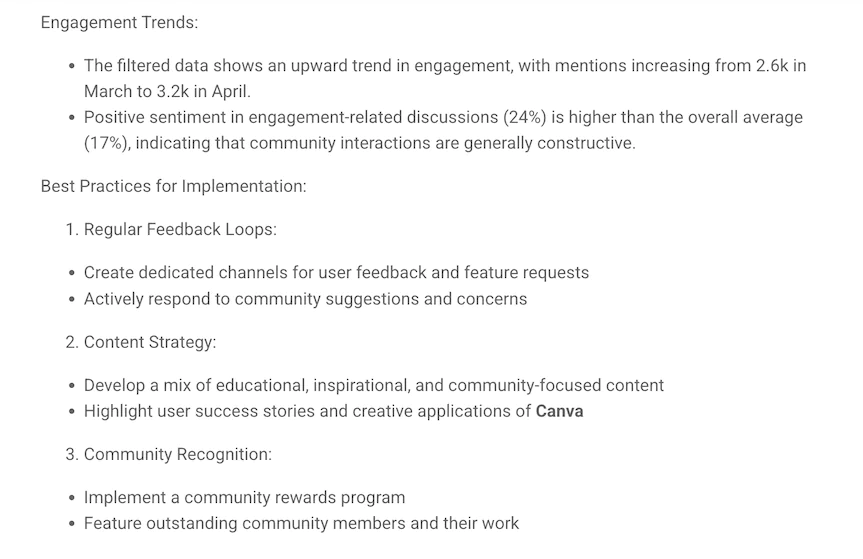
How to do that?
To get feedback from the AI assistant, create a project on Brand24. It’s really easy! The tool will handle data collection automatically, gathering all relevant mentions for you. Want to try it? I have good news: you can use the free trial version for 14 days.
Build community engagement with data-driven insights!
Just enter your brand name in the key phrases (if users often misspell it, include additional spellings), and you’re ready to go!
The system takes only a few minutes to collect and process the data about your community engagement.
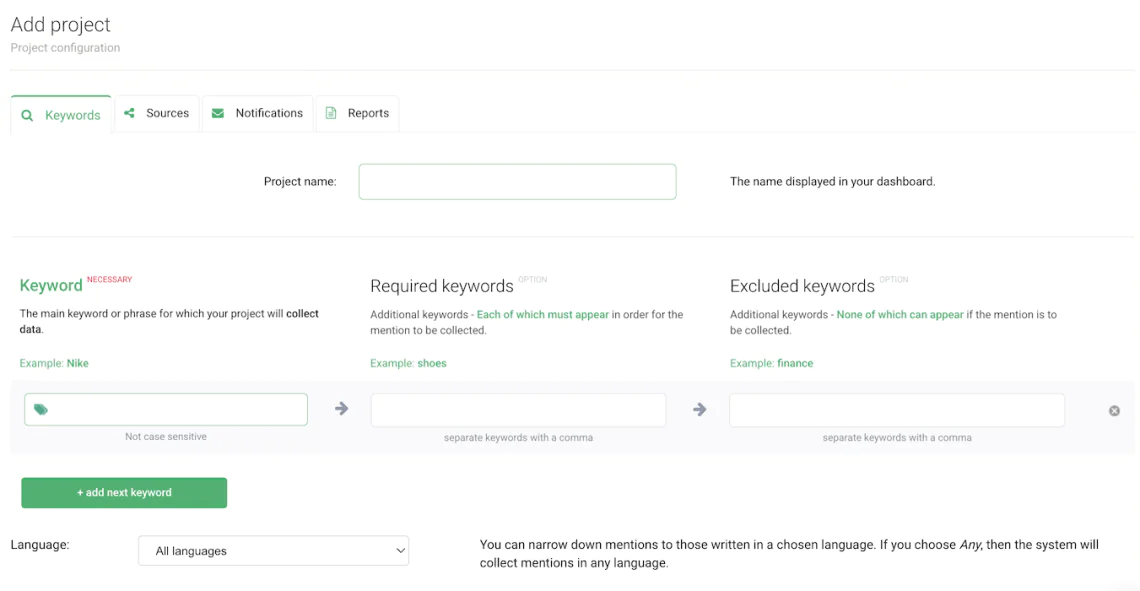
Get an overview of key metrics!
02 Respond to community-based mentions
A successful community engagement process requires a lot of direct interaction between your audience and your brand. People want to feel heard and that their opinions matter.
It’s a good idea to reply to mentions to show people their opinions matter to your brand.
What will you gain?
- Regular updates about what your audience needs and how they make decisions,
- Crisis prevention (e.g., due to negative reviews),
- Impression of your brand’s accessibility, which influences your community engagement.
How to do that?
If someone asks about your product or shares an opinion in a mention, reply for the brand—for example, by leaving a comment. Active participation is the key!
Use filters such as importance, influence score, sentiment, or community engagement to find the most relevant mentions easily.
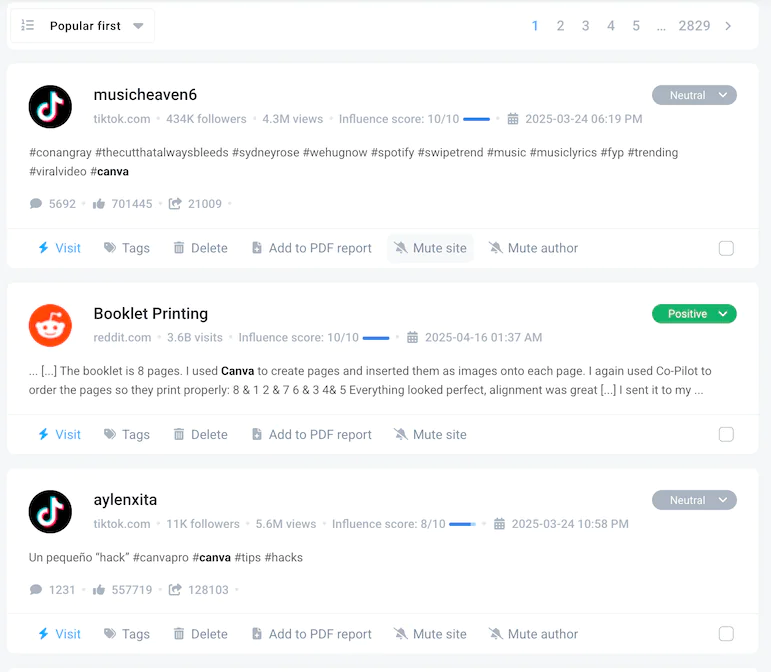
You can also ask the Brand Assistant to highlight the most important mentions and increase your public participation in discussions.
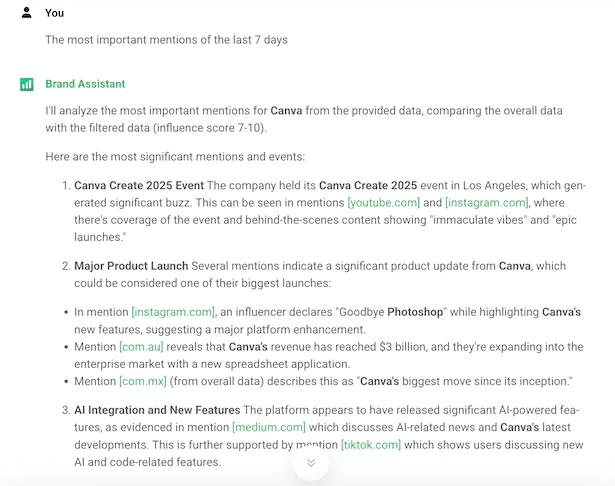
03 Ask questions that provoke a conversation
It’s not enough to say thank you for your feedback to make your recipient feel noticed. Building relationships takes more effort. It’s worth having an honest conversation with your customers. Ask questions and encourage them to share their experiences.
If they report a problem – address issues affecting to them and offer to help in decision-making process. In this way, you will:
- Learn more about your audience,
- Build trust and influence the decision-making process,
- Increase mentions and brand visibility.
How to do that?
When you reply to a mention or comment, ask simple questions that get people talking, like: What solutions have worked for you? What would you do differently? What aspect is most important to you?
04 Post at the proper time
Publishing content at the right time can make a real difference to community engagement. How? Most algorithms (e.g., social media) promote content that generates engagement.
If people are interested in the content in the first few hours after it is published, it will be shown to more community members.
So it’s worth publishing when your audience is most active, to increase community engagement and build relationships. For your brand, this means:
- Higher brand awareness,
- Higher conversions and more engaged community.
How to do that?
To see when your brand’s audience is most active, you can use Brand24’s Hot Hours feature. It makes recommendations directly related to your brand rather than one-size-fits-all tips that are often ineffective.
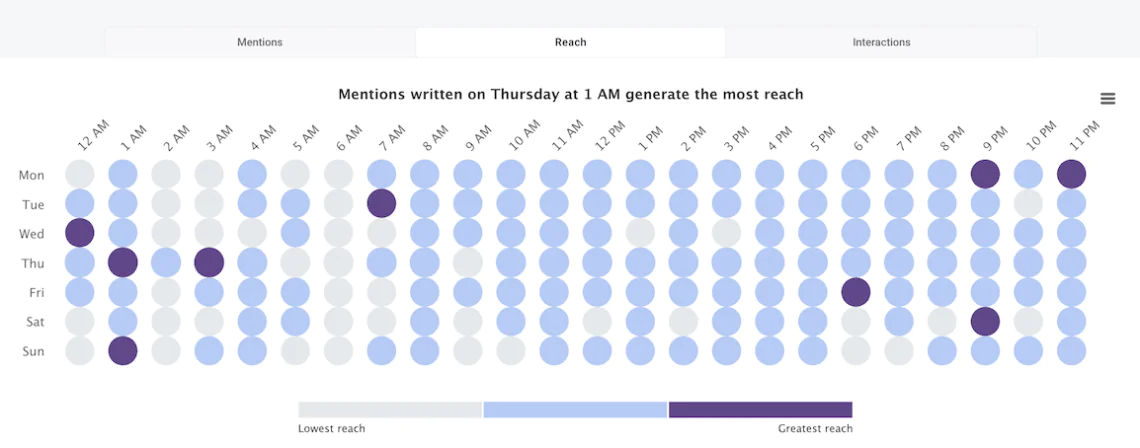
Try Brand24 – the best AI-powered social listening tool!
You can also ask Brand Assistant for personalized recommendations to increase your community engagement:
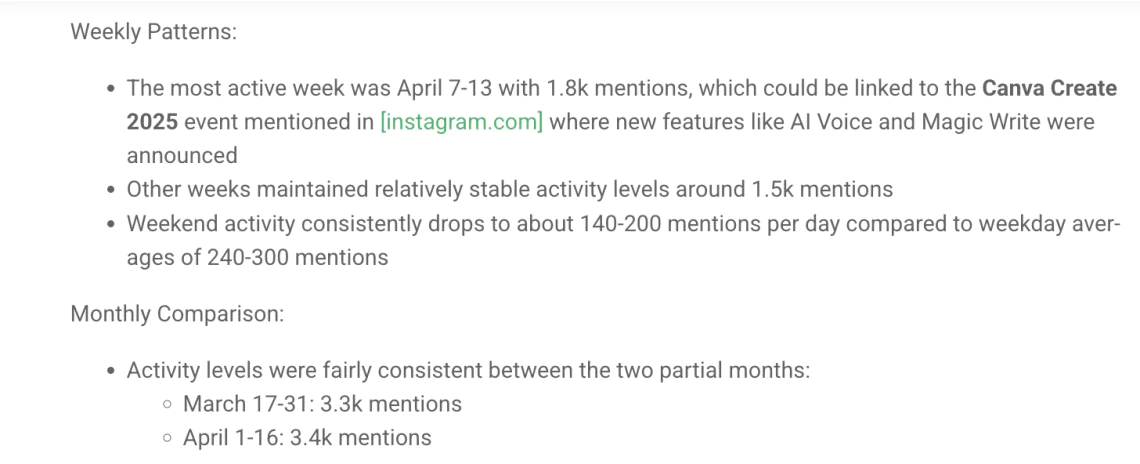
Pssst. This is my favorite one.
Also, consider the geographic location and geographic proximity of your audience. This greatly impacts the language, cultural context, and even humor of your communications! You can find these adverts in the Geo Analysis tab.
05 Choose channels with high engagement
Each audience has its own favourite media they use. They post, discuss and respond to content. When planning community activities, pick the channels where people are most likely to join in. This will give you:
- Better results with a lower advertising budget,
- More qualitative discussions about the brand,
- Better results from organic activities.
How to do that?
Look at the list of most active sites (Analysis tab), where you will find the sites with the most mentions of your brand. These are the ones that are worth investing time and budget in.
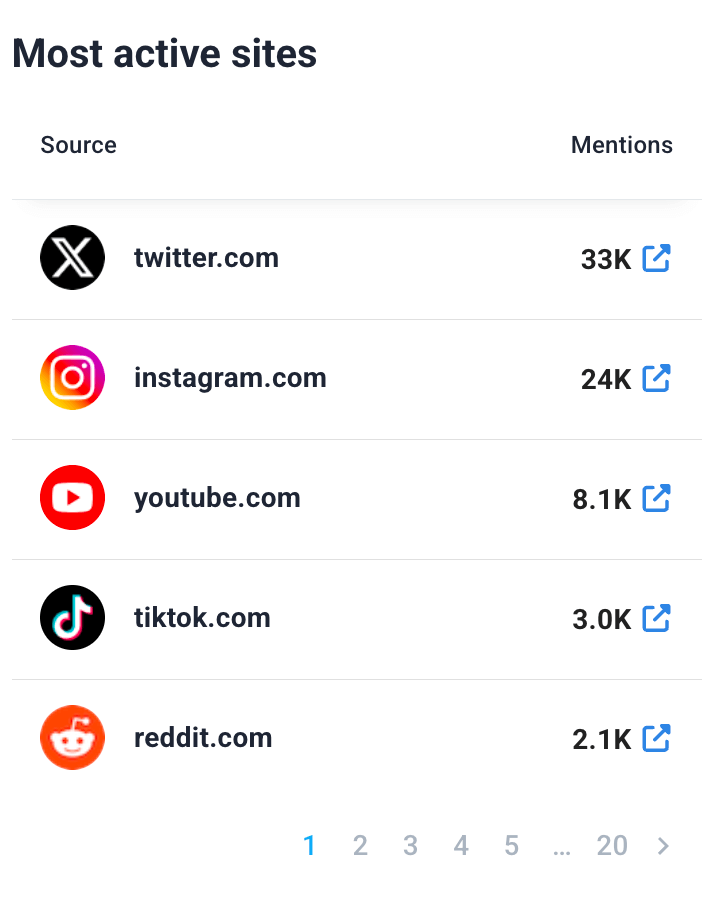
You can also ask the Brand Assistant about that:
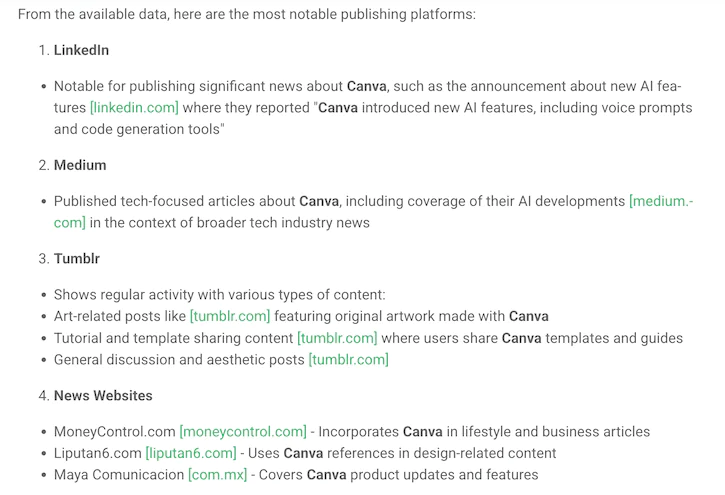
06 Community engagement initiatives
When asked, community members love to share their experiences. Especially if they can win something or show it to a wider audience. Offering small incentives or visibility opportunities often leads to more engagement.
You can create challenges, such as encouraging community members to share photos of your product on social media. This will:
- Increase brand visibility,
- Motivate your audience to interact,
- Influence brand trust.
How to do that?
Find influencers who have resilient communities and harness their power. Choose those whose audiences are your potential customers.
Let your team use their existing skills in content creation and community management to increase authenticity and efficiency. You can find a list of the most popular creators who mention your brand under Influencers.
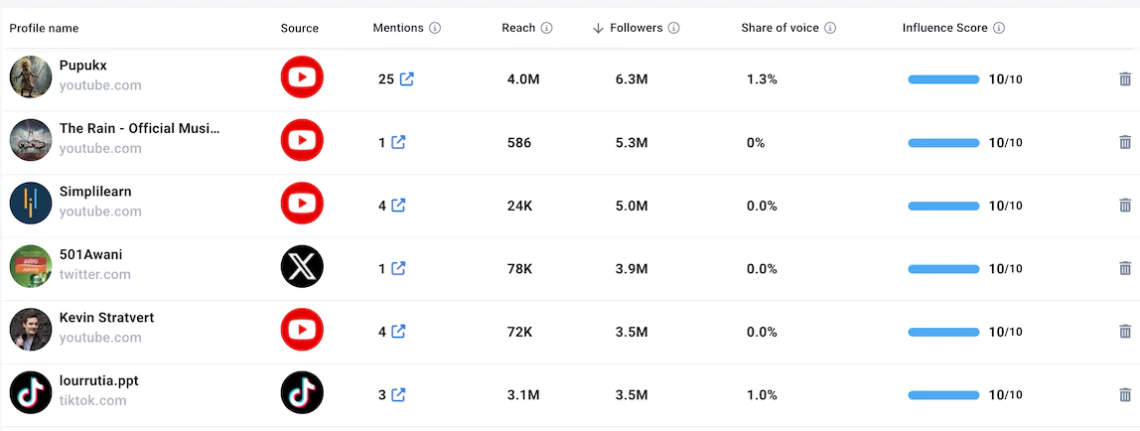
07 Participate in trending topics
Create content on topics that matter to your audience. Analyze what they are currently interested in and use this to create an effective community engagement process. This will help you:
- Get more responses to your content,
- Engage your audience in discussions,
- Show that your brand is on the cutting edge.
How to do that?
It’s worth using tools that identify trending topics around your brand. These are contexts around which you can build a story about your challenge.
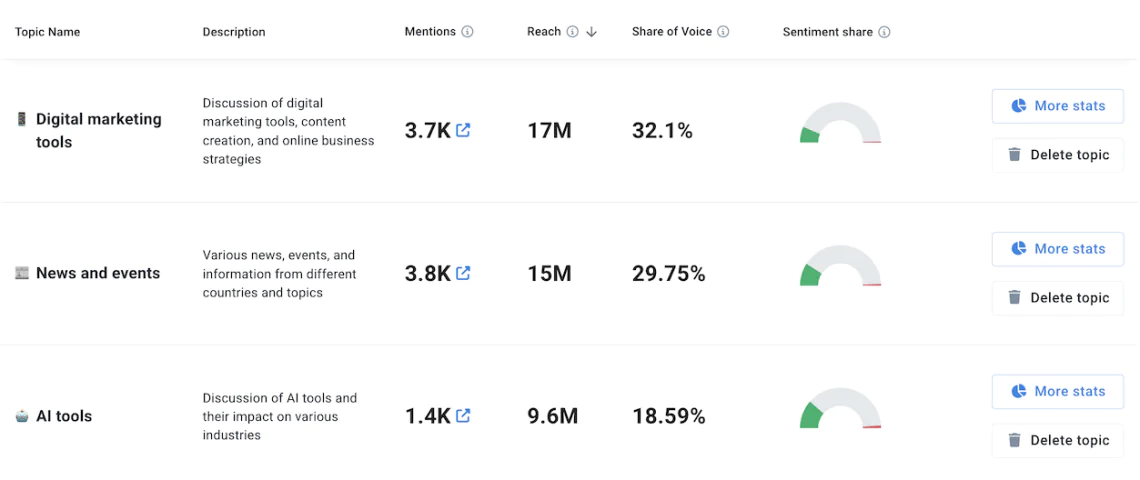
You can also ask Brand Assistant about that:
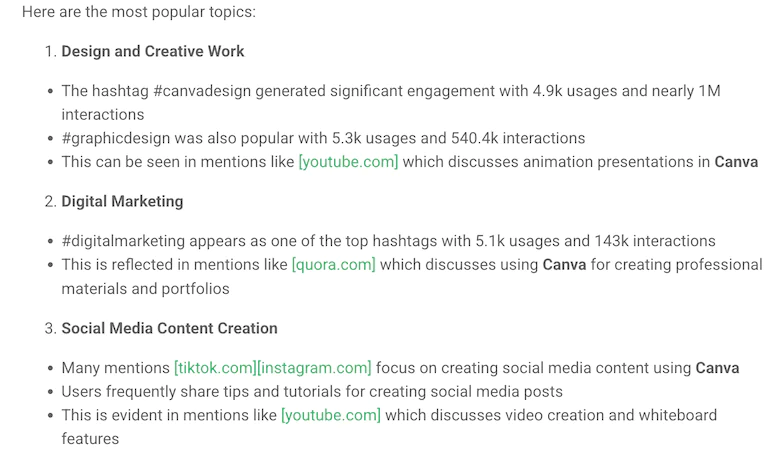
Try Brand24 – the best AI-powered social listening tool!
08 Track events in your niche
Find the most interesting discussions and events that stir the emotions. Be there when something interesting happens. Demonstrate your expertise, support your online community, or promote your product.
You can:
- Build brand awareness in a meaningful way,
- Gain valuable consumer insights and improve your marketing strategy,
- Engage your audience in interactions with your brand.
How to do that?
Follow the mentions graph and capture the most popular discussions marked with exclamation points. Also, helpful is the Influence Score filter, which shows the most significant mentions.
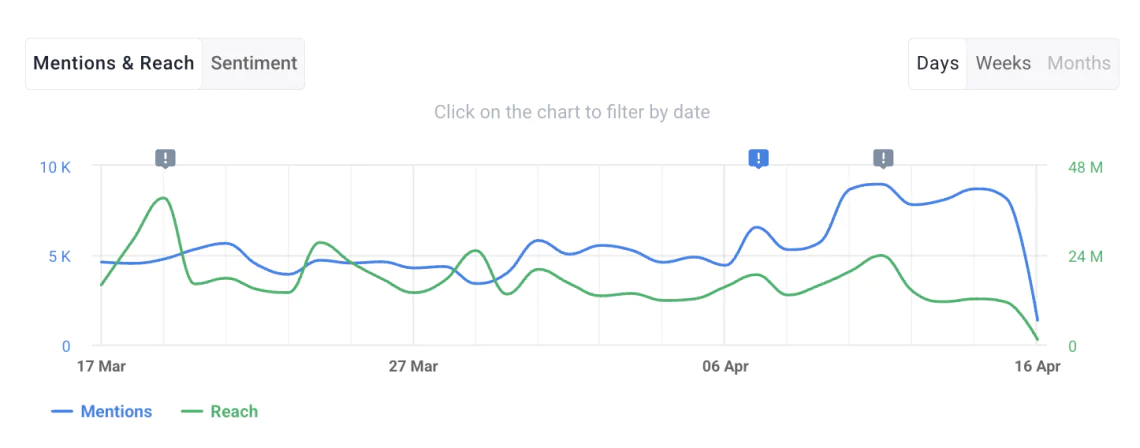
Brand Assistant can also search them for you:
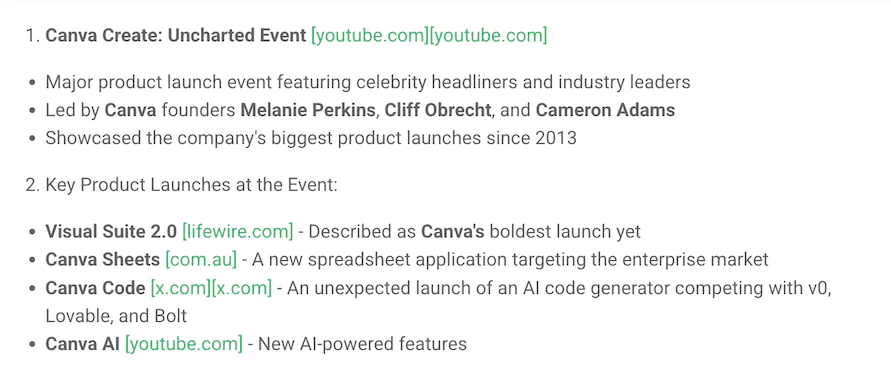
09 Go behind the scenes of the business
People are naturally curious and want to know what’s happening behind the scenes. This type of content grabs attention and gets people talking about the brand and product.
This is worth doing if you want to:
- Spark spontaneous discussions,
- Build a loyal audience,
- Create long-term community engagement.
How to do that?
Share what your company is doing—for example, on social media. Show people at work the process of creating a product or your headquarters. Intrigue and satisfy curiosity. Strong emotions work best!
10 Use trending hashtags for community development
Using trending hashtags (e.g., #EarthDay, #MondayMotivation, #Sustainable-Development) can help you join the conversation and build greater community engagement.
It is worth doing to:
- Increase the visibility of your content,
- Motivate your audience to interact with your brand. Offering small rewards for engagement can lead to more participation in your brand’s community activities.
- Attract new audiences to discover the brand on the wave of a trend.
How to do that?
Using hashtags specific to your brand and niche is always better than generic tags. This will help you reach your target audience more effectively.
You can use a tool like Brand24 to search for the most popular hashtags related to your brand. This way, community members will immediately know what your content is about! The Analysis tab features Trending hashtags.
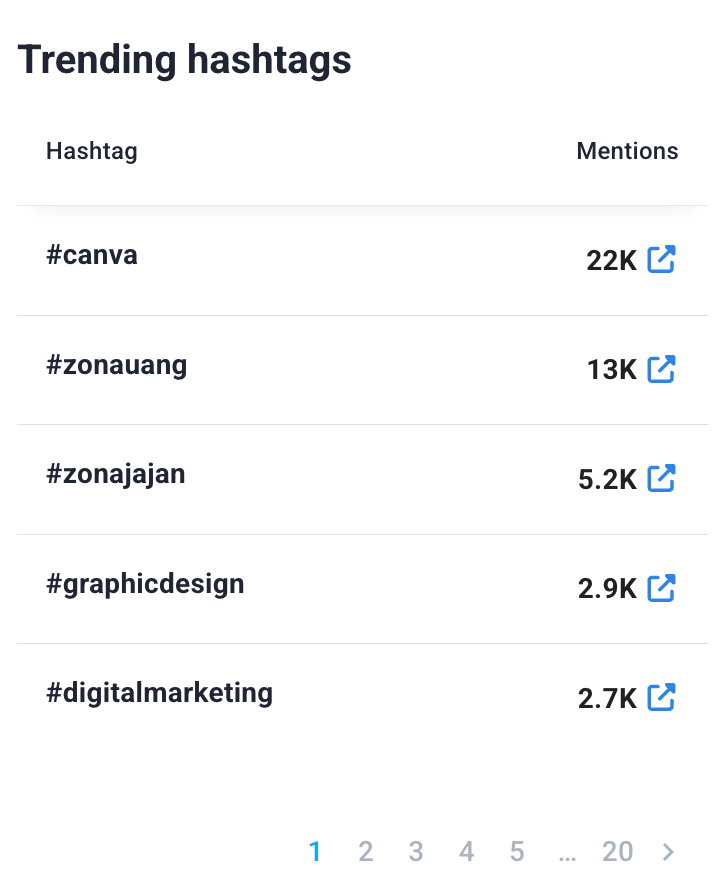
Brand Assistant can also find the best hashtags for your brand:
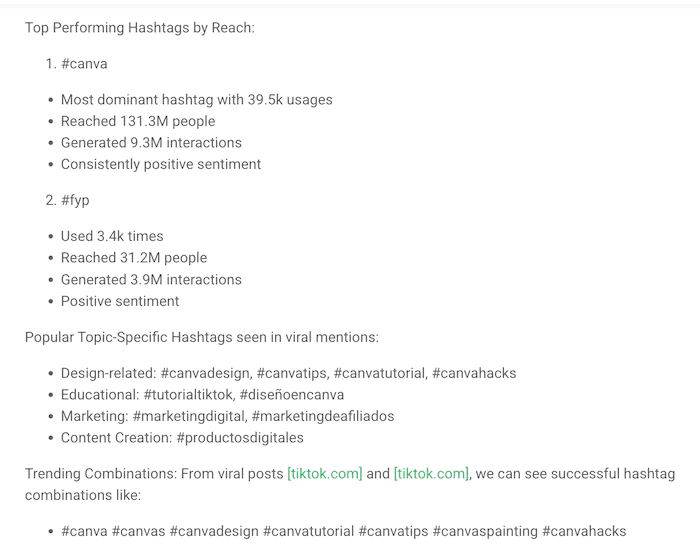
Listen to your brand mentions and enjoy AI-powered insights!
Conclusion
Brands often try various strategies to see what works best to keep their communities involved and active. Advertising can force brand visibility, but it can’t force community participation in brand discussions.
The community engagement process requires a specific plan and audience-focused activities. To get real results from your community efforts, remember that:
- Response time matters. Quick replies build trust, help people feel connected, encourage them to join the conversation, and shape their decisions. It’s mutually beneficial for the brand and the audience!
- Engagement isn’t just about likes – analyze comments, response time, shares, and sentiment of statements.
- Consistency in communication strengthens relationships – don’t disappear for weeks; build presence step by step.
- Test, analyze, tweak, and treat every post as an experiment. Find out what works best and do more of it to improve your results.
- Monitor trends to stay ahead of your community’s expectations, and use analytics to respond more quickly and in a meaningful way.
Effective community engagement builds social capital by creating trust, helping people work together, and supporting long-term relationships.
Ongoing community engagement is key to getting lasting results for the brand and its audience. It also helps customers make better decisions.
If you want to build strong community engagement, you need good data analysis tools. Try Brand24, which analyzes data from all over the Internet!
Related articles


![How to Get More Engagement on Instagram in 2025? [15 Tips]](https://brand24.com/blog/app/uploads/2025/05/how_to_get_more_engagement_on_instagram_brand_image_blog_cover_615x345-600x335.webp)
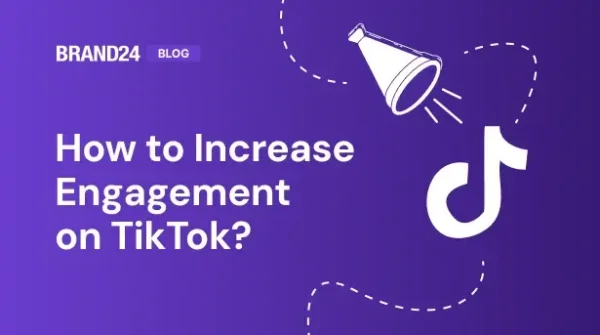

![What is Brand Reputation Monitoring? Tools, Tips & More! [2025]](https://brand24.com/blog/app/uploads/2022/12/Brand-Reputation-Monitoring-Tools@2x-600x335.webp)
